Commentary: Could Cuban Cigars Save the Non-Cuban Cigar Industry from the FDA?
30 Mar 2016
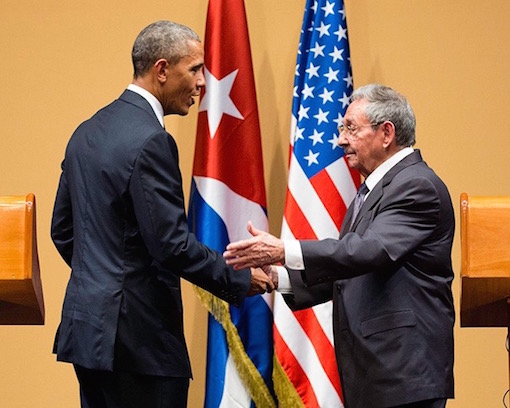
In April 2014, the Food and Drug Administration (FDA) took the first major step towards invoking its authority to regulate premium cigars. At the time, it seemed likely that by the end of 2014—if not certainly in 2015—the FDA would finalize its rule subjecting cigars to FDA regulation, including a pre-approval process for cigars introduced after 2007 that would cost cigar makers up to a projected $400,000 per new cigar brought to market.
The comment period for the proposed regulation closed in August 2008 after nearly 55,000 submitted comments, with over half of them from cigar smokers concerned about the impact of the new regulations. Since then, the rule-making process has slowed considerably.
It took over a year after the close of the comment period for the FDA to submit a proposed rule to the Office of Management and Budget (OMB), which finally took place last fall. Normally, the OMB review process is completed in 90 days, but nearly six months later there has been no further action. Now, rumors suggest the process is frozen. So why the delay?
The most likely answer may be Cuba.
After seemingly ignoring Cuban-American relations for most of his presidency, President Obama has taken significant steps toward normalizing relations with Cuba in the final years of his final term, culminating with the historic visit to Cuba earlier this month. With Cuban cigars being one of Cuba’s most notable and economically important exports, one can reasonably infer that thawing diplomatic relations may be throwing a wrench into FDA efforts to regulate cigars.
Consider the impact of the proposed regulations on Cuban cigars. The FDA has taken the position that, because of the text of the law that authorizes the agency to regulate cigars, it cannot exempt cigars introduced to the U.S. market after February 15, 2007. (We covered this in significant detail last year.)
For non-Cuban cigars, the impact would be huge. For Cuban cigars, none of which can be legally sold or marketed in the U.S. as long as the embargo remains law, the impact would be total.
As you should know by now, the FDA had two options in its proposal for regulating cigars. Option one would treat all cigars the same. Option two would create an exemption for premium cigars that meet certain criteria, including being composed mostly with long-filler tobacco, not being flavored, and having a suggested retail price of at least $10. (One estimate projected that 85% of cigars fall under the arbitrary $10 point.)
One open question about the FDA rules under either option is how cigars introduced after the 2007 cutoff, but already on the market when the rule goes into effect, would be treated—especially those introduced before the FDA took any action towards regulating cigars, or even before the bill authorizing the regulation was signed into law in 2009. Immediately pulling those cigars off the market would be extremely disruptive, not to mention impractical and grossly unfair. Therefore, a grace period where the cigars could remain on the market pending an application for FDA approval seems likely. Of course, non-Cuban cigars, like Cuban cigars, that are not currently on the market wouldn’t be helped by such an accommodation, and options for specifically exempting one country’s imports but not another would not be justified by the legislation (and also could violate international trade commitments, not to mention basic fairness).
For Cuban cigars, the majority of which would probably meet the premium definition, especially with likely price hikes due to increased demand should they become legal in the U.S., option two would allow Cuba’s most famous product to be sold almost immediately if and when the embargo ends. Option one, on the other hand, would keep Cuban cigars off the world’s largest cigar market until they undergo the pre-approval process. Considering that the FDA has taken years to rule on a small percentage of the pending tobacco products already waiting for FDA approval, that wait could be almost indefinite when they go to the back of the line after thousands of non-Cuban cigars.
Unfortunately, indications are the FDA has resisted option two (a purported leaked copy of the rule the FDA transmitted to OMB didn’t include a premium cigar exemption). Further rumors suggest the White House and OMB favored an exemption for premium cigars while FDA opposed one, which has contributed to the likely delay at OMB.
All of which brings about more questions than answers. But  now there’s certainly a compelling case that changing relations between Washington and Havana, and the potential impact on Cuban cigars, could be a significant reason for the delay in implementing a final rule regulating cigars.
If true, then possibly only the president’s unilateral desire to re-establish trade with Cuba is stopping the U.S. government from devastating American cigar retailers, non-Cuban cigar companies, and the tens of thousands of people in the Dominican Republic, Honduras, Nicaragua, and elsewhere that depend on making cigars for the American market. What does it say that the only thing that might save non-Cuban cigars is the desire to not harm the Cuban government-owned cigar industry?
In many ways, the question is as troubling as the answer. But given the destructive impact of FDA regulation on cigars, any reason for delay or possible reprieve would be most welcome.
–Patrick S
photo credits: IIP Photo Archive

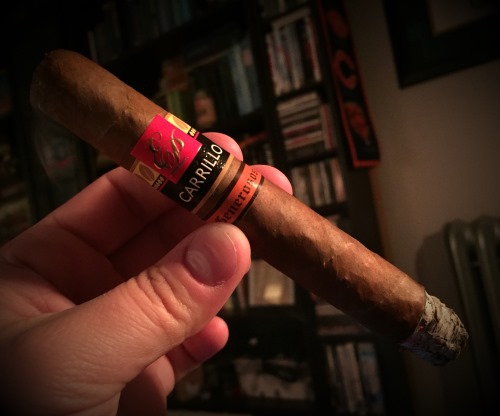
 Included in the list of CDM exclusives is a cigar from E.P. Carrillo that hit the market in 2013: Generosos (Spanish for “generousâ€). This blend sports an Ecuadorian Sumatra wrapper, a Dominican binder, and filler tobaccos from Nicaragua. It is marketed as a “fantastically smooth smoke†that’s “medium-bodied†with “smooth, earthy, and nutty†flavors and “a slight hint of spice with a creamy finish.â€
Included in the list of CDM exclusives is a cigar from E.P. Carrillo that hit the market in 2013: Generosos (Spanish for “generousâ€). This blend sports an Ecuadorian Sumatra wrapper, a Dominican binder, and filler tobaccos from Nicaragua. It is marketed as a “fantastically smooth smoke†that’s “medium-bodied†with “smooth, earthy, and nutty†flavors and “a slight hint of spice with a creamy finish.â€
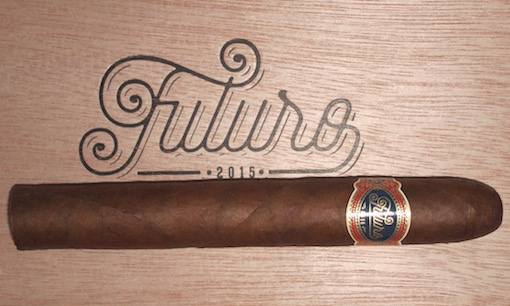
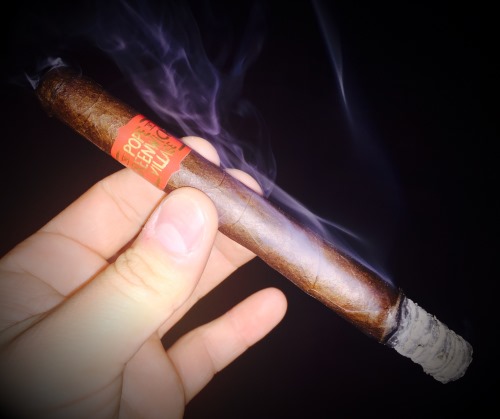
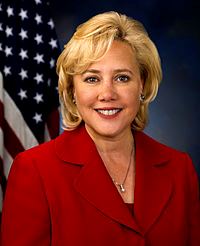 1) Mary L. Landrieu, former Democratic member of the U.S. Senate and current consultant to Cigar Rights of America and the International Premium Cigar & Pipe Retailers Association, authored a piece in the
1) Mary L. Landrieu, former Democratic member of the U.S. Senate and current consultant to Cigar Rights of America and the International Premium Cigar & Pipe Retailers Association, authored a piece in the 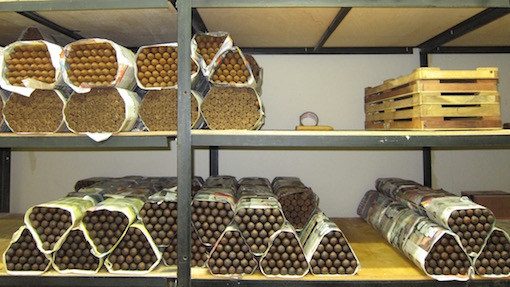
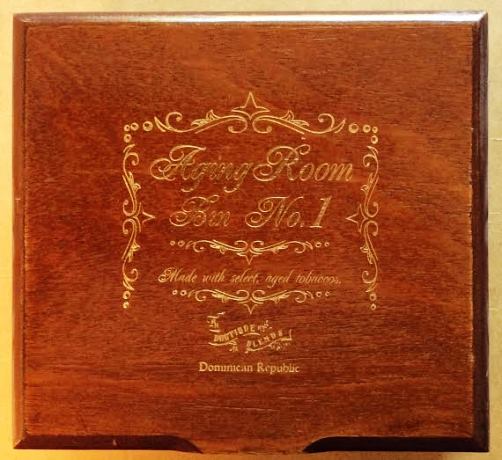
 Years ago, when the literary editor for the Chicago Daily News came across a book he particularly liked, he’d run review after review in the paper. I feel a bit like that with Aging Room’s
Years ago, when the literary editor for the Chicago Daily News came across a book he particularly liked, he’d run review after review in the paper. I feel a bit like that with Aging Room’s 
 Patrick Ashby
Co-Founder & Editor in Chief
Patrick Ashby
Co-Founder & Editor in Chief Patrick Semmens
Co-Founder & Publisher
Patrick Semmens
Co-Founder & Publisher George Edmonson
Tampa Bureau Chief
George Edmonson
Tampa Bureau Chief